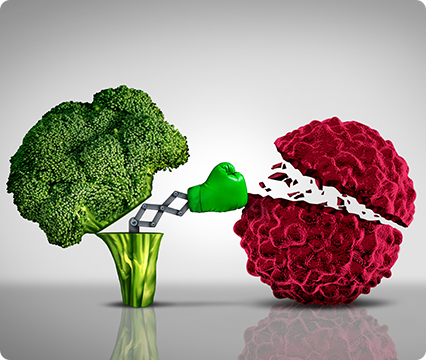The relationship between fruit and vegetable intake and frailty: Data from NHANES 2007–2018
Previous research has shown a potential link between fruit and vegetable consumption and frailty, but there is a lack of comprehensive studies examining this relationship. The purpose of this study by Hu et al. (2024) is to investigate the association between consumption of fruits and vegetables and frailty and how this relationship differs among various demographic groups. Data from the NHANES database (2007–2018) were analyzed, including age, gender, race, and education. Subgroup studies were performed to investigate how this association varies among demographic groupings. Of the 13,935 individuals in the research, 2,224 were categorized as frail and 11,711 as non-frail. In terms of gender, color, marital status, education, and BMI, there were notable distinctions between those who were fragile and those who were not. According to the analysis, higher consumption of fruits and vegetables was linked to a decreased incidence of frailty. Subgroup analyses showed that fruit and vegetable intake had different effects on frailty across gender, income, alcohol consumption, education, and race. The study suggests that fruit and vegetable intake is closely linked to reduced frailty risk, providing a foundation for future research on dietary interventions for frailty prevention. Additional research is required to validate these results and investigate the precise processes behind this association. [NPID: Fruit, vegetable, frailty, juice]
Year: 2024
 Navigation
Navigation








